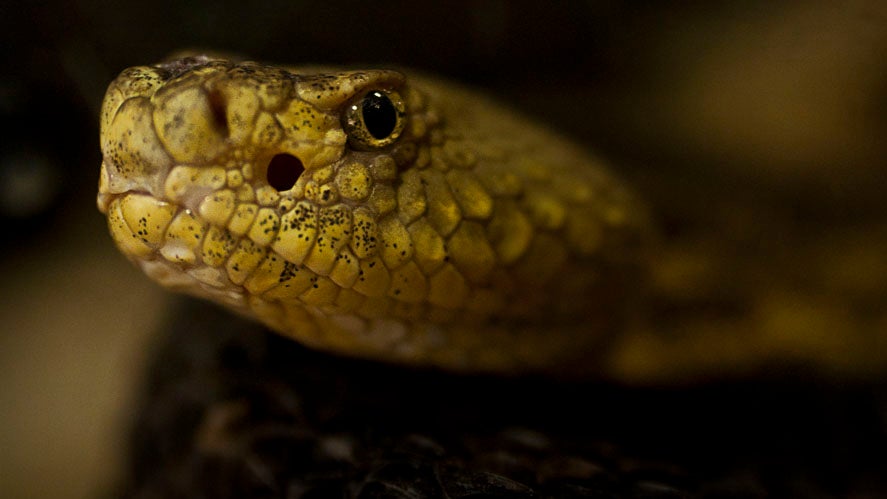At least in North America, it's highly unlikely that you will die from a bite. You won't be happy, but you will have time to drive that 100 miles to evac. You'll get swelling and pain, but very, very few people die from a snake bite. And most of those who do when you look into the cases you'll see they were drunk and harassing the snake (trying to pick it up, capture it, etc.) The odds of you getting injured while driving are much, much higher, so that's why the first aid training focuses on the most likely causes of injuries. PS, sucking out the venom is a movie myth, that only makes things worse. Just stay calm, remove any restrictive jewelry or clothing as you will get swelling at the injection site, stay hydrated, and seek professional medical help.













